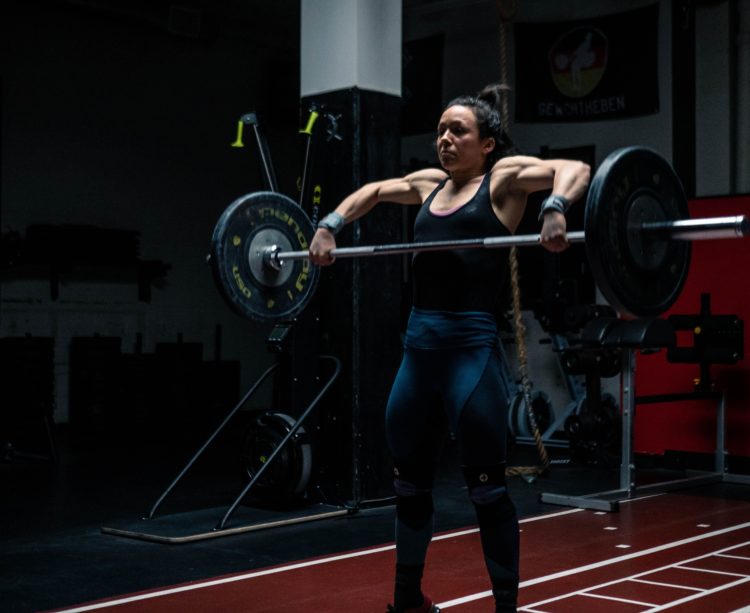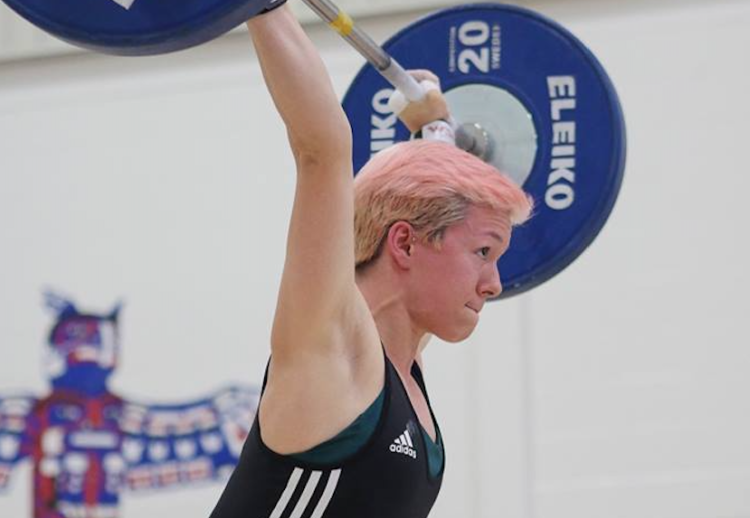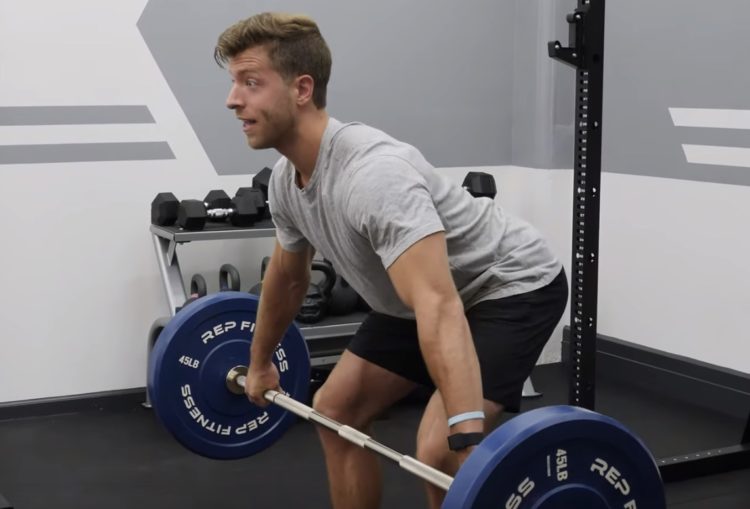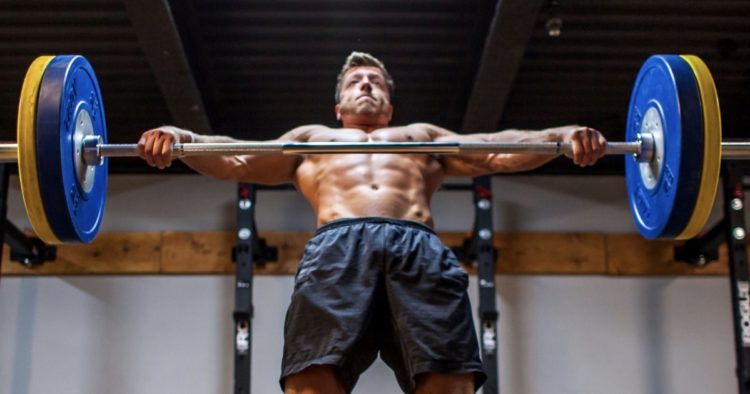Every sport measures success differently, but whether you’re using a stopwatch or a scoreboard, numbers are always involved in determining the podium finish.
In Olympic weightlifting, the gold medal goes to the person who lifts the most weight — more kilos, better placement. Although numbers can tend to run the show, it’s easy to get caught up in letting them determine your progress. You power through a strength phase, yet come test day you don’t hit your projected numbers.
Or you have a great competition cycle and don’t even come close to setting a new personal record. You might even go two or three years without coming near some of your old numbers! When this happens, it’s easy to let it get to your head and perhaps start to feel defeated.
However, given weightlifting is such a technical sport, there will always be something new to discover and improve on.
Here are four ways to track your progress in weightlifting that have nothing to do with setting new one-rep max personal bests.
1. You’ve eliminated bad habits
A great way to track progress is seeing improvements in the quality of your lifts.
As much as strength is involved in Olympic weightlifting, nothing beats perfecting the movements. A strong lifter will get beaten by an equally strong but more efficient lifter any day.
If you’re finding it hard to feel faster, more explosive and in more control of the bar, this could be a result of developing some bad habits that may have been hindering your progress. These bad habits primarily fall under one major category: timing!
Is your chest coming up too quickly at the end of your pull? Are you cutting your dip short in the drive for the jerk? If your coach is beating you over the head with the same three cues day after day, it’s not because they hate you. They’re probably seeing something that’s causing you to be inefficient in your lifting and could potentially have you plateau, become injured or develop another bad habit to offset another.
Earn those extra kilos by taking a step back to revisit the basics and refine your technique.
[Related: 7 cues to address common weightlifting faults]
2. You’re no longer in discomfort or pain
As much as there is “no-no pain” in every sport, creating structural tolerance is an important factor to take into account when tracking progress in weightlifting.
Your collar bones are smashed to bits, your wrists are screaming when the bar is in the front rack and your shins are full of scrapes… As weird as it may sound, if any of these symptoms diminish or disappear overtime, this is another great indicator of progress in your lifting.
Maintaining a proper bar path without unintentionally waxing the front of your legs suggests you’ve engrained appropriate muscle memory to keep the bar close without actively reefing it into you. This can also apply for your wrists in the front rack position, any overhead work, and other unique positions you’ll train in both Olympic lifts.
Take note of what you’re noticing is getting easier—or less uncomfortable—and use this as reassurance you’re heading in the right direction of progress.
[Related: 12 wrist mobility drills you can do any time]
3. Volume PRs!
Another great indicator of progress is performing multiple sets and/or reps at a weight that was previously a one-rep max.
Volume personal records can suggest you’ve improved your ability to push through fatigue and recover between efforts. For example, doing two to three reps at a weight that used to crush you clearly shows adaptation to the load and gaining overall strength in the specific lift you’re training.
Volume PRs — specifically for classic lifts — can also be a demonstration of an increase in self-confidence. Knowing you can hit a heavy double at 90%+ or a heavy complex of 3+ reps can help reassure your mind before attempting bigger lifts at weights that used to make you nervous.
Take a look through old training journals and look over the overall progress you’ve made since the beginning of your weightlifting journey. Are you cleaning what used to be a heavy squat? Is your old snatch PR now a regular working weight? Is 85kg a walk in the park when it used to make you nervous before attempting it?
Becoming aware of these “small victories” can help you stay the course on progressing towards bigger goals revolving around setting new one-rep max personal bests.
4. You’re hitting lifts more consistently
Maybe you’ve put up some big numbers in the past but you’ve had trouble hitting prescribed weights when the percentages exceed 90%+. Or maybe you’ve historically had issues making the last rep for big squat sets.
Some say consistency in Olympic weightlifting is the true determining factor of what makes a successful lifter. If you’re not guaranteed to hit a big lift in training, the chances of you making it during a competition might not be very high. Not sure if you’re a consistent lifter?
In your training notebook, take a look through the ratio of check marks and “Xs” from a previous cycle and compare it to the one you’re currently working on. Have you been making lifts or missing more? Are you more consistent in the snatch or the clean and jerk? Are you having to regularly adjust your program because you’re unable to complete the prescribed reps?
Make note of any trends you notice, communicate these observations to your coach about it and set some goals around creating more consistency during every session. An improvement in how consistent you are when hitting specific lifts and complexes is one of the best ways to track your progress in weightlifting.
The Takeaway
Measuring progress in weightlifting goes beyond the one-rep max. If you don’t train yourself to look at every aspect of the sport you could be improving, you might miss out on some key improvements you’re making that needed to happen in order to get you to the next milestone on your radar. How you move, how the weights feel, how your body feels and how you set your mind before training or competing all add up towards the bigger goal of inevitably increasing your total.



